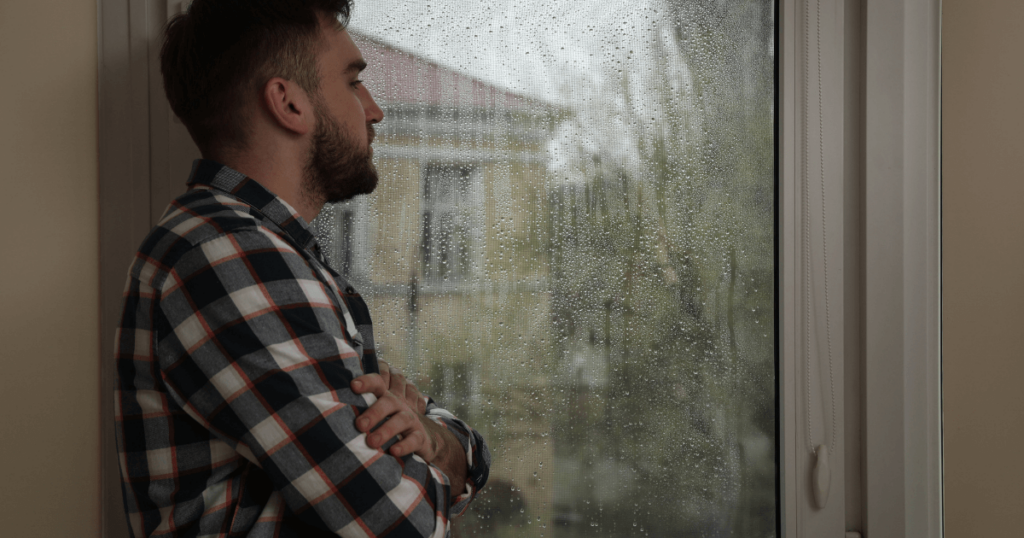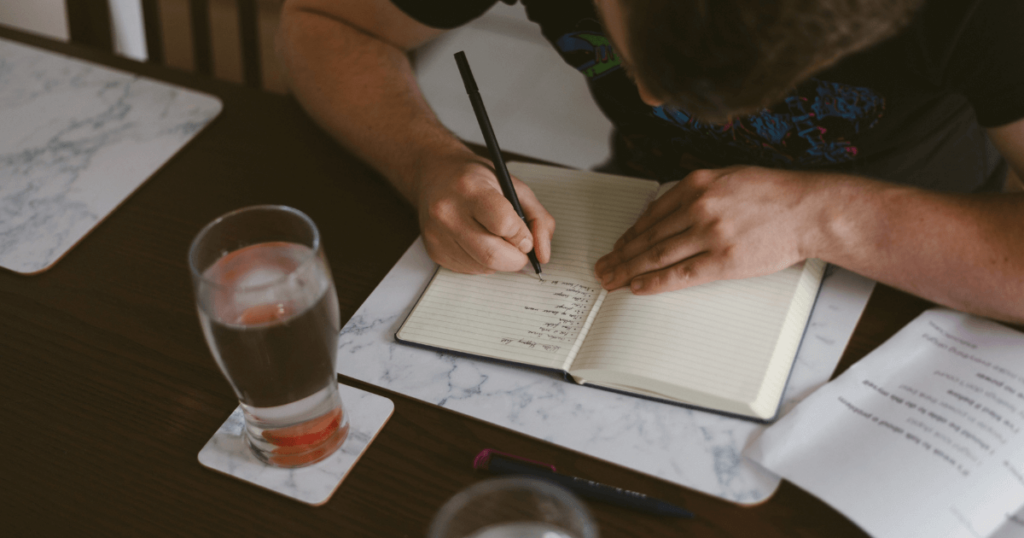
The Pacific Northwest is known for its lush green landscapes and beautiful mountains. It is also known for its long, dreary, and dark winter days, filled with nothing but rain. Living under such weather conditions can produce a specific type of depression based on the weather. This disorder is known as Seasonal Affective Disorder, and it affects many people in the Pacific Northwest. If you’re struggling with Seasonal Affective Disorder (SAD), these tips may help.
Defining Seasonal Affective Disorder

What exactly is SAD? It is a mood disorder affecting people that, generally have good mental health, by making them feel sad during the winter months. It is considered to be a major depressive disorder based on the seasons. Essentially the root cause of the depression is due to the absence of sunlight. Many experts believe the lack of sunlight decreases serotonin levels while increasing melatonin levels which causes sleepiness. This combination creates feelings of sadness, loneliness, and low mood, which makes a person feel tired and unmotivated.
This disorder is regionally based, meaning it does not usually affect people living in climates with year-round sunshine such as Florida and California residents. It does affect people living in Oregon, Alaska, and many midwestern states, like Minnesota and Indiana because the sun is hidden during the winter months. The lack of sun casts a gloomy look and feel that causes a sense of despondency that some people internalize and can’t find ways to enjoy the winter months. Instead, they complain, see negativity, and spend their free time in unproductive activities.
It begins in late fall and can go until early spring depending on when the sun starts shining. Many people with Seasonal Affective Disorder in the Pacific Northwest experience feelings of sadness, lethargy, and lack of motivation from late November through February when the weather is the darkest and rainiest. According to the National Institute of Mental Health, it is often comorbid with attention deficit hyperactivity disorder (ADHD) and eating disorders. SAD commonly begins in young adulthood.
Symptoms of SAD
If you think you may be suffering from SAD, these are some of the symptoms you may experience:
- Need or want to sleep longer every day
- Increase or decrease in appetite
- Lack of motivation to exercise or do favorite hobbies
- Low mood or irritability
- Weight gain or loss
- Diminished abilities to concentrate or problem-solve
- Unexplained or increased fatigue
- Unhealthy thoughts about self and/or self-harm
Tips for Fighting SAD in the Pacific Northwest
Seasonal Affective Disorder can be treated successfully, and there are many means to fight it. These are three ways to fight SAD without the use of medication.
Cognitive Behavioral Therapy

Cognitive Behavioral Therapy is the best means of treating SAD. Cognitive Behavioral Therapy (CBT) is a specific type of therapy in which the therapist works with the client to turn dark gloomy thoughts into positive thoughts. This is done by identifying positive outcomes from rainy days, such as noting that Oregonians get to have green lawns all year long because of the amount of rainfall during the winter season. The more positive thoughts a person can think of, the more chances they will be able to redirect their brain away from feeling sadness to being present with family and friends. They may even look forward to the rainy season instead of dreading the winter months. CBT also provides tools to assist with emotional regulation and ways to increase motivation which helps a person feel accomplished.
Daily Exercise

Daily exercise is an easy and low-cost way to combat SAD. As the days get shorter and rainier, it becomes harder to workout as many people enjoy getting exercise through long walks or hikes. No one wants to take a 50-minute walk when it is pouring down rain and thundering. Move the workout indoors, put on your favorite music, hop on a stationary bike or treadmill, and build up your resistance to depression through exercise. Think about daily exercise in the same way you think about taking vitamins. They do not always taste good but we know we need to take them in order to guard against sickness. We may not like going to the gym or working out in the garage but doing so releases serotonin and dopamine that heightens pleasurable thoughts which creates a happier mood.
Activity Scheduling

Activity scheduling is another tool people fighting Seasonal Affective Disorder use to combat the disorder. Activity scheduling is creating a daily/weekly routine and rigidly adhering to the plan. The plan involves creating small goals, incorporating favorite hobbies or interests, and acknowledging daily accomplishments. It is recommended to have a separate journal for the plan. Writing down a sense of accomplishment each day and one goal for the next day keeps the motivation going. A new activity or plan takes at least 30 days to become a habit. Need to follow the plan for at least 30 days before making any changes. Progress will come in small bites and often if the plan is strictly followed. The sense of accomplishment and the goal do not need to match.
If you’re in the Pacific Northwest and need further assistance with Seasonal Affective Disorder, contact me to see if therapy could help you.